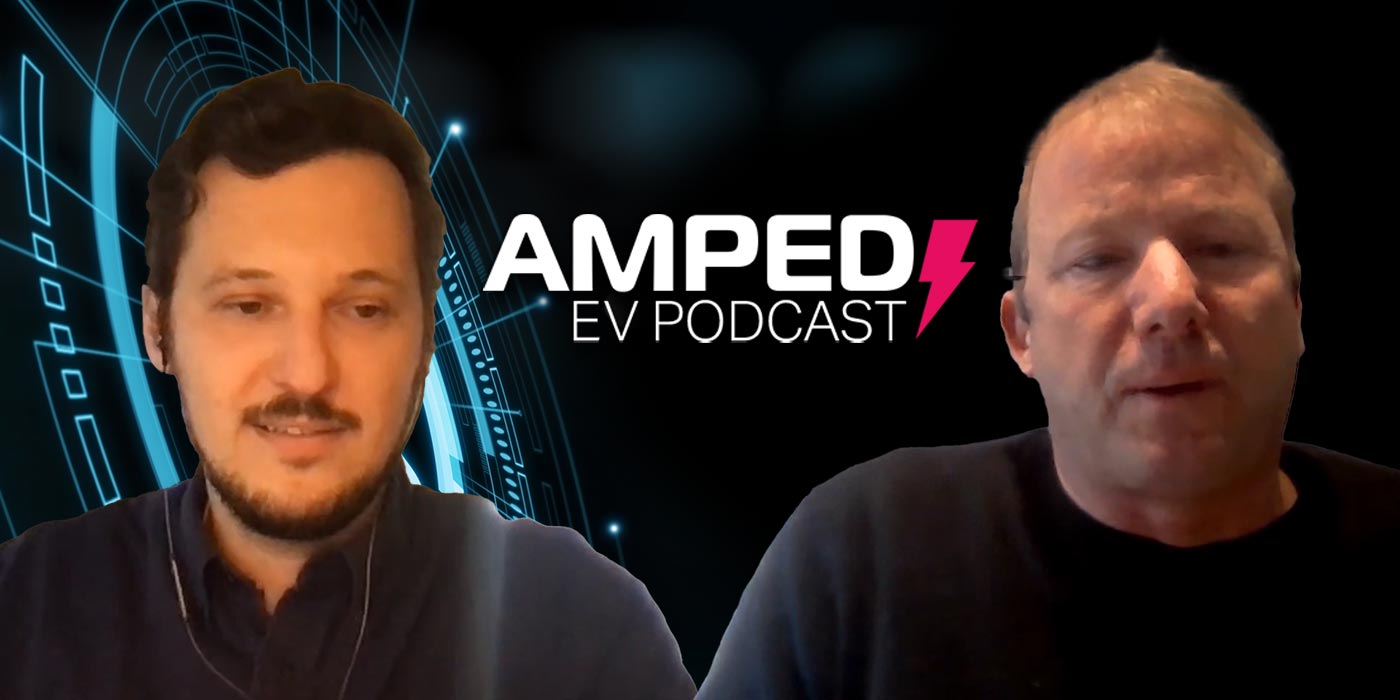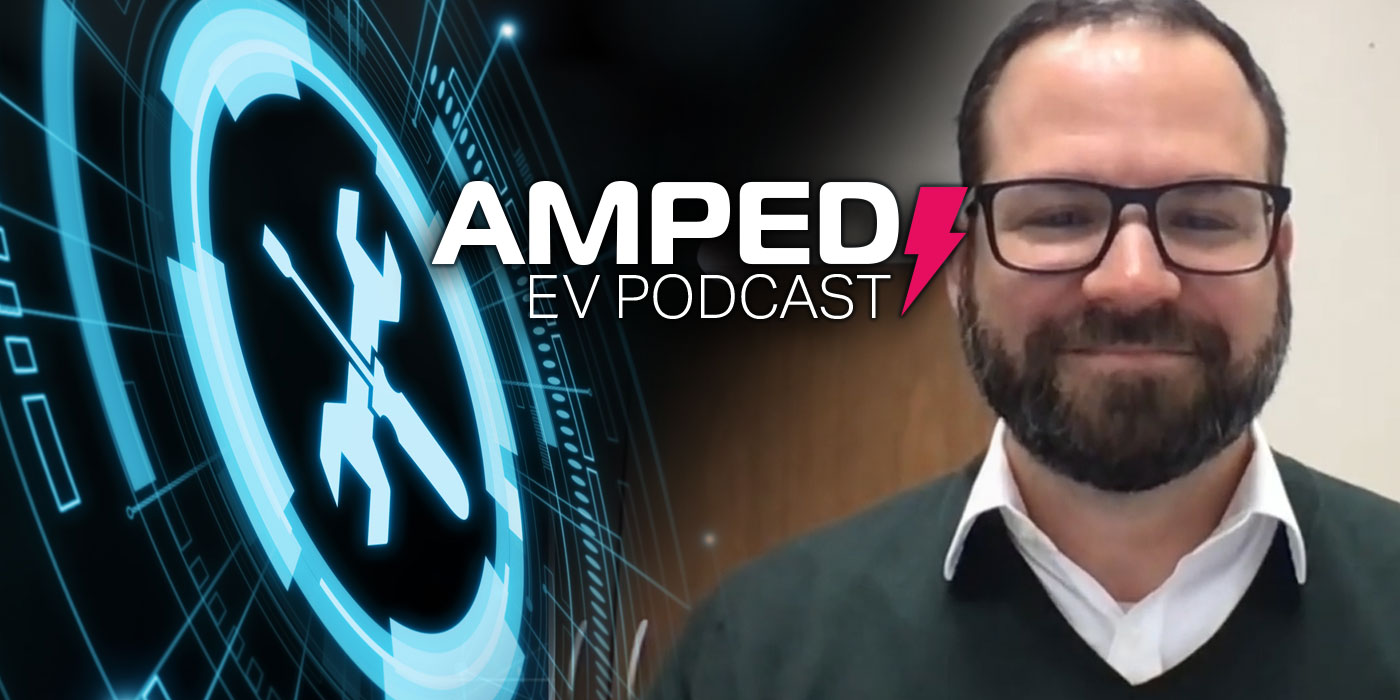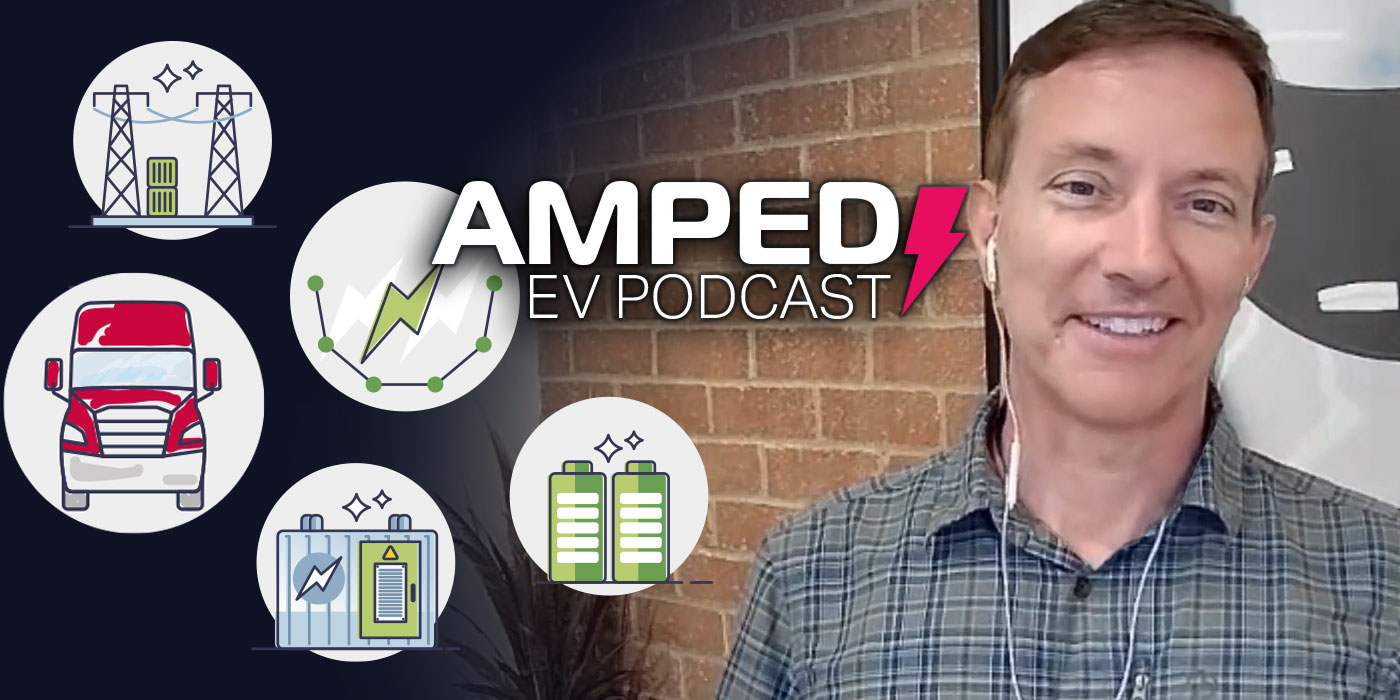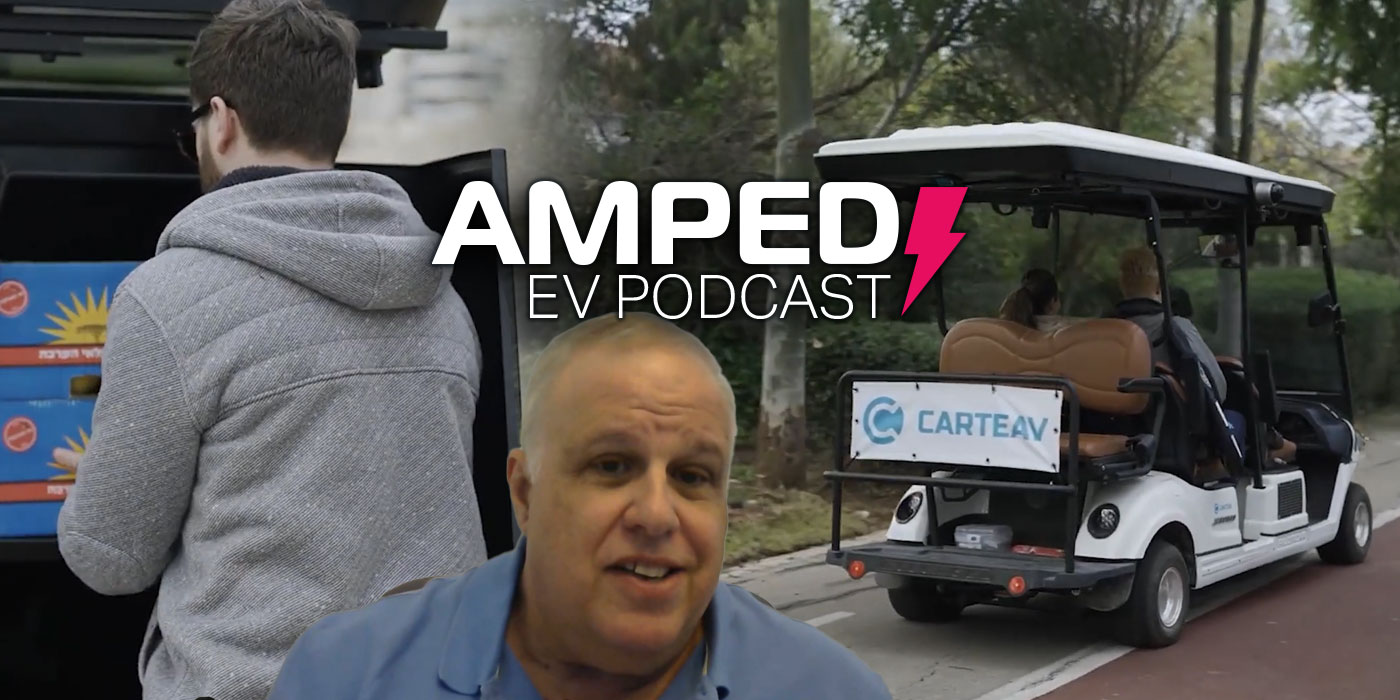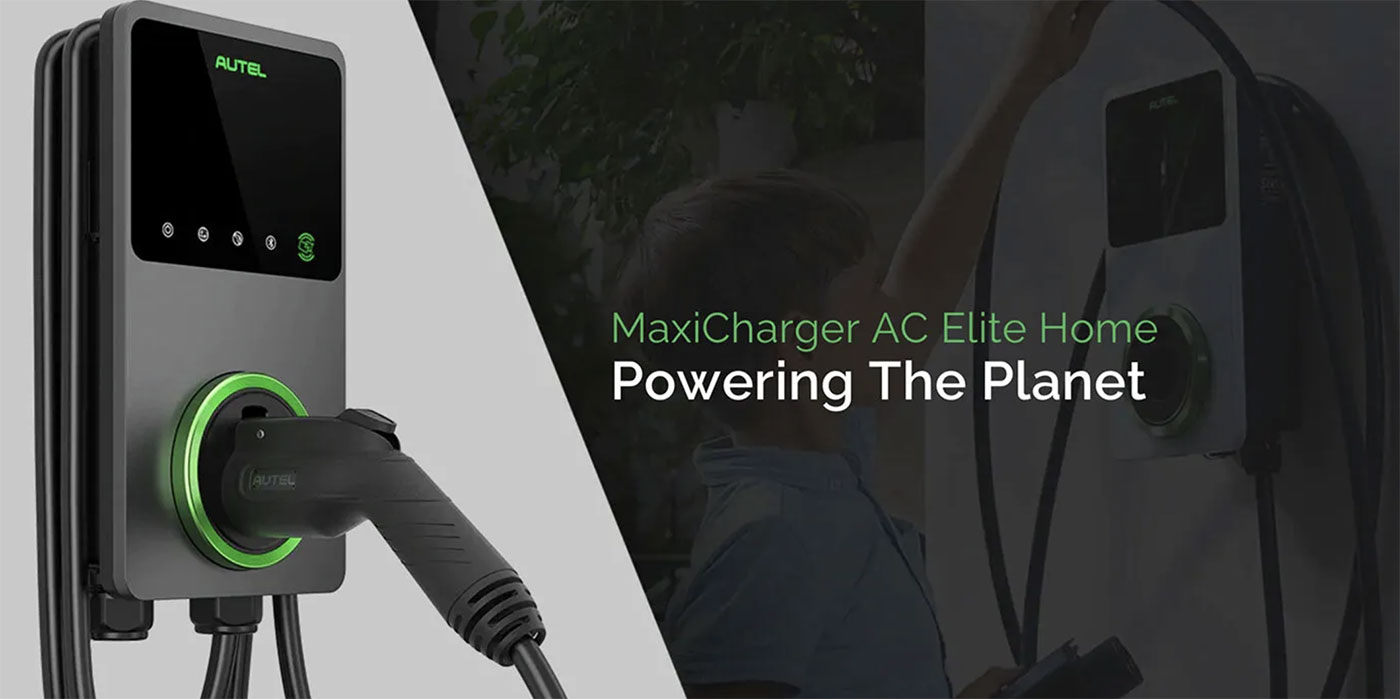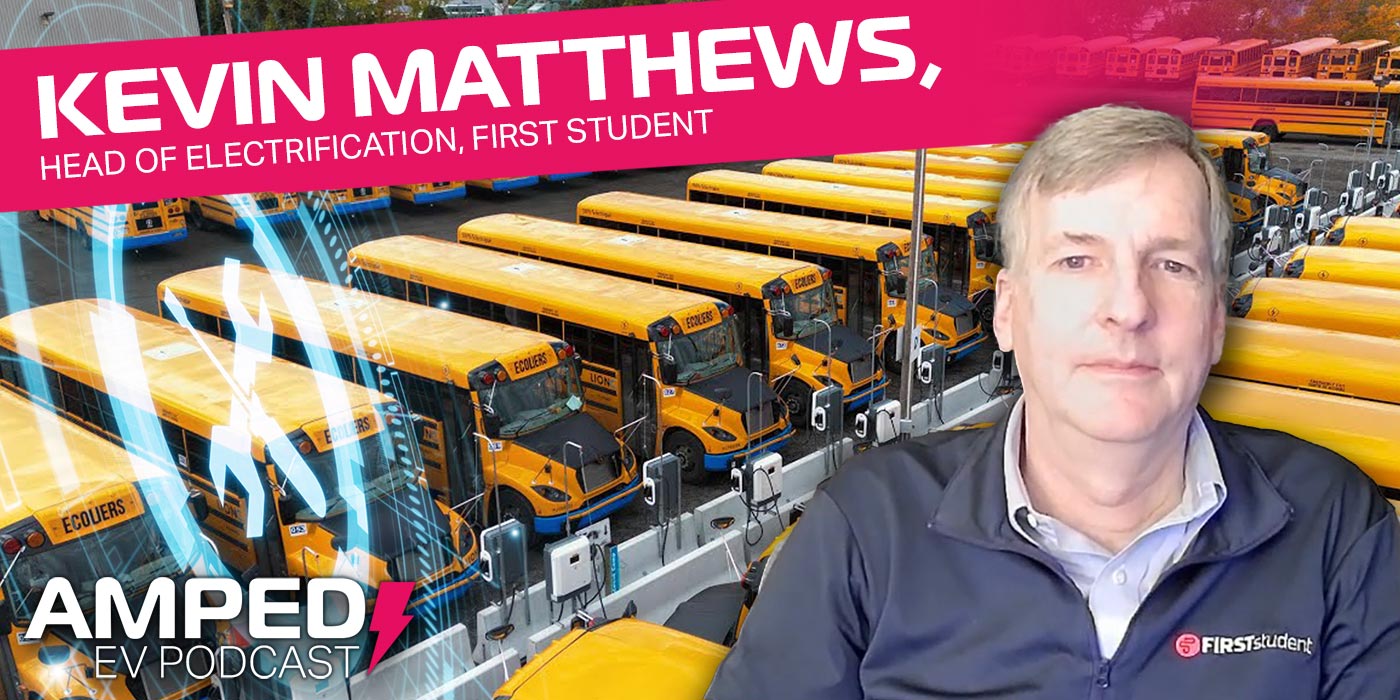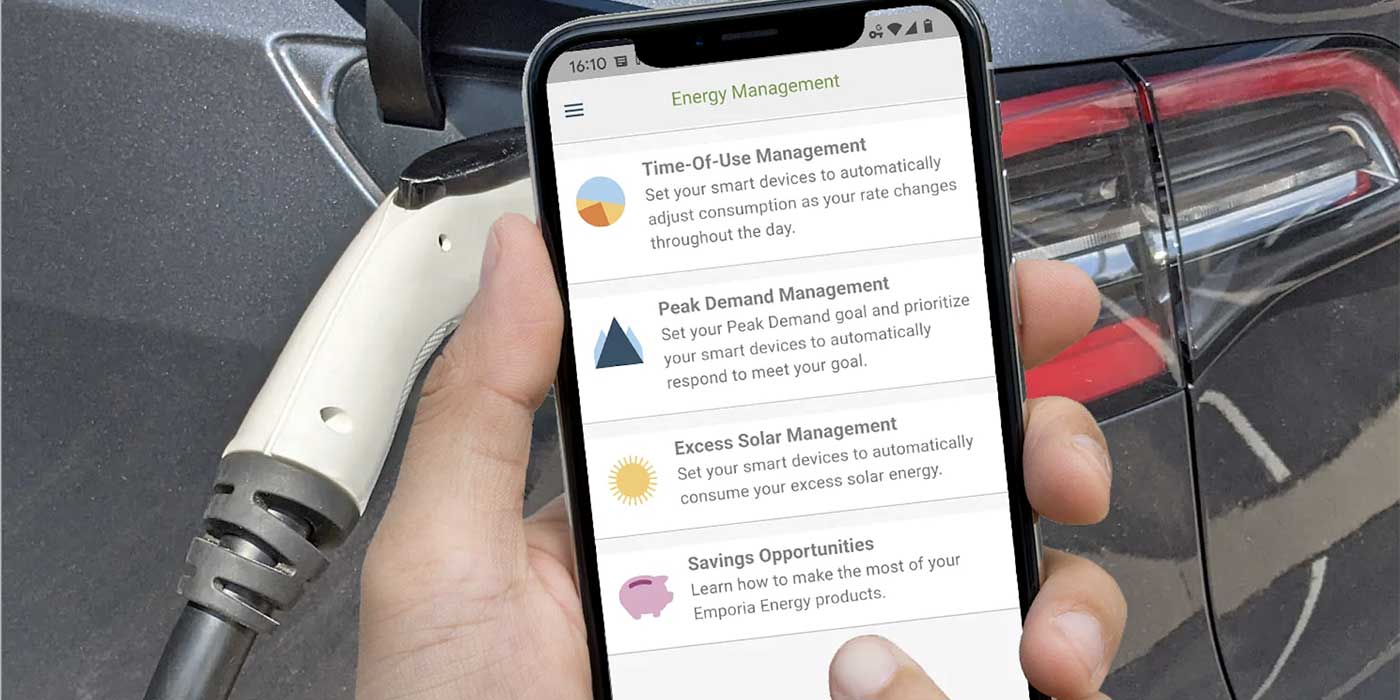You know that old saying, “If at first you don’t succeed, try, try again”? Keep that one in the back of your head as you watch this week’s episode, because when it comes to installing charging infrastructure at scale, chances are you won’t get far if you give up early on.
It isn’t easy. Installing charging infrastructure takes a lot of effort, time and money. But, West Michigan International – a truck dealer in Michigan – thought the reward would be worth the struggle, as the business hopes to use the chargers as a passive revenue source moving forward. You’d think that an OEM and a dealer duo would have no problem installing charging infrastructure at a dealer location, but even Navistar’s NEXT eMobility team and West Michigan International faced their share of challenges in installing Michigan’s first public electric commercial vehicle charging station.
To walk us through the ins and outs of this charging installation project, we invited Ed Rietman, the dealer principal for West Michigan International, and Jason Gies, vice president, eMobility business development at Navistar, onto the show.
Want more Amped EV podcast? Click here.
Here’s a transcript of the show:
David Sickels: Hello and welcome back to the Amped EV Podcast. My name is David Sickels. I am the editor for The Buzz.
Jason Morgan: And I’m Jason Morgan, content director for Fleet Equipment.
Jason Morgan: Today is a day of firsts. We have not one but two people we’re talking with today. And we’re talking about the first public electric commercial vehicle charging station in Michigan.
David Sickels: That’s a big deal.
Jason Morgan: It is a big deal. Let me back up a little bit. International Truck made this announcement here recently that they did open the first public electric commercial vehicle charging station. It’s at West Michigan International, a truck dealership. We have Ed Reitman, the dealer principal for West Michigan International; that’s the truck dealer. And we have Jason Gies, vice president, eMobility business development at Navistar joining us. They’re going to walk us through the ins and outs of this charging station and how they expect customers to use it and what it means for their future.
David Sickels: I’m interested to see the breakdown of what they needed to go through. Let’s take a listen.
Jason Morgan: Jason, Ed, thank you so much for taking the time to connect. This is really exciting to talk about your infrastructure project here. Let’s dive right into it. Jason, I’m going to start with you. Can you give us a rundown of the charging equipment you have at the site, what size chargers you’re using and then maybe what charging management system that you decided to go with?
Jason Gies: Yeah, no. Thanks for the opportunity, Jason. It’s great to be here today. Yeah, we put a 350-kilowatt unit in there with two dispensers so it can be split into 175 each, or if it’s a single vehicle pulling in there we can charge up to 350. Some of the highest quality and highest-powered equipment you can really buy today that’s commercially available and tested. When we worked together as we wanted to prepare for the future, so 350s there, it’ll meet all the requirements on our current vehicles so we can charge two of our vehicles at their max capacity at the same time and our medium duty and school bus lines. But really preparing for those tractors and the future larger vehicles with this equipment. As far as charging management systems, we’re using one of our partners In-Control system on it, Incharge’s system. It’s able to take credit cards and also RFIDs if we do have fleets that come in and use it. We’re using that today. It’s been working great for a lot of our systems at other locations including some Navistar-owned locations.
David Sickels: I wanted to back up just for a moment here and talk about what it actually took you to get to this point. Obviously installing charging infrastructure isn’t easy. It takes a lot of planning. It takes a long time. There’s a large upfront cost there. Can you share with us what’s the most important or biggest lesson that you learned in going down this road and getting this project done?
Jason Gies: I want to talk about the story leading up to this. Ed and I, we’ve known each other through the Navistar relationship for a long time. When we were kicking off some of our vehicles, one of our challenges is moving our trucks from our proving grounds, or to Lyle from Detroit on our facility in Rochester Hills. He said, “How do we put in charging somewhere halfway between?” Ed and I touched base on it and put a plan together but it has not been super easy. I can tell you there are a lot of moving parts from working with our charging partner, which went very smoothly. But also working with the utilities and making sure we had the plan for… Fortunately, Ed’s facility, and he can jump in here and add anything, had a lot of power near the facility, it was just bringing in the equipment and the make ready behind the charger to have the equipment hooked up.
Jason Gies: But consumers, the local utility came in and was a huge help there. And then also just going through the permitting process and making sure we hit the right person. One of the challenges we did have is when we first reached out it was not met on great fanfare, so we had to go back and actually escalate it to a different division and consumers. One of our lessons learned and to folks that are doing programs like this, if you strike out on your first ask, go back and ask again. I don’t know, Ed, if you have anything to add to that because it was your facility.
Ed Rietman: Yeah, no. You hit on it pretty well. I think the advantage we had is the facility that we put it at is fairly new. When we had the utilities run into that building we had it sized, oversized just for the future as well and for any improvements across the street. We were pretty fortunate to have enough capacity. But if there is one thing I would suggest is get started early in the site survey and like Jason says, “Don’t take no for the first answer.” because they do have capabilities upgrading if possible. Depends on where the closest substation is and transformer, but it definitely does take time. And then the next big thing I would say is just making sure that your team that you put together is in good communication from the contractor all the way down to the people that InCharge, as well as consumers or whatever your power company is. I would say that was a little bit of the struggle, getting the right people on the team was probably the hardest part of pulling it all together.
Jason Morgan: Right. I appreciate that insight because I think a lot of times unofficially I hear about rumblings of just some sticky points with utilities. It’s great to hear that if at first you don’t succeed, try, try again. You guys did. You made it happen. It’s cool to hear that success story. Ed, another really unique point of this project is the dealer-centric location, being involved at a dealer and charging at a dealer. How are you monetizing this? This is a public charging in addition to your own use and your own customers. How do you manage that? How do you manage the public availability with your location needs and your customer needs?
Ed Rietman: Well, that’ll be yet to be determined as time goes on and I think that was one of the reasons why we decided to go with the bigger unit. For people, their time is their money. They’re not really excited about waiting for two or three hours to charge if they don’t need to. Our hope is that they can charge fast and move on. If it does get to be a problem where they’re parking overnight, it is under surveillance with cameras, we can adjust that.
Ed Rietman: But our hope is that the quick charge will just get them in and get them out. I think that’s probably our biggest point, but I think the usage is probably going to tell us a little bit more as we go through and see how we can control that flow. We do have capabilities of adding to these too if we need to later on down the road for more slow chargers. The capacity is there but our hope is that we can control it just by onsite people after hours and the camera system will monitor if we have people that just park and leave for some reason. But we’re hoping that does not happen.
David Sickels: Ed, you’re on the truck sales front lines here. What are you hearing from fleets in terms of electric truck sales? Are we moving past the point where it’s early adopters who are placing their electric truck orders six months from now or so?
Ed Rietman: Well. Believe it or not, we were probably pleasantly surprised. We had a kickoff and we had the trailer there and saw how much activity was there. There was fairly a lot of excitement. It first started out with probably two or three customers asking us what we were going to do with electrification and that’s what got this ball rolling. When we ordered our first one to put in our ideal lease fleet as a demo, we was thinking hopefully that one or two of those customers would demo the truck and get a feel of what that looks like. But after the open house in the kickoff event we have a fair amount of interest yet. How serious they are is probably yet to be determined.
Ed Rietman: But I was pleasantly surprised on how many people are adapting to the new technology and a little bit if it’s probably mostly due to the shortage of maintenance techs will come into play. I think the hope is that there’s less maintenance involved so their internal workings will free up people as well and not have to source everything outside the company. I think that’s a little bit of the interest, which we didn’t really look at it from that angle. We were just more looking at it, if somebody is looking to be energy efficient green, I think that’s where some of the surprises came from our part. But there is a definite interest for sure.
Jason Morgan: Well and how cool that they can work from a truck sales perspective. If I’m a fleet, they can work with a dealer that’s been through this infrastructure challenge. I mean a lot of excitement on the truck side, the equipment side. The electric trucks are very cool. The EMV is very cool. But the sticky part is often that charging infrastructure and how it gets done. And so to be able to work with someone been through that, has the experience, can guide through that process and help along there, that’s just really, really cool. I want to thank you guys for taking the time to talk about this. Congrats on the project and we look forward to hearing more as it grows and electric trucks roll out.
Jason Gies: Thank you, gentlemen.
Ed Rietman: Thank you very much.
Jason Morgan: There you go.
David Sickels: I am Amped to hear that story. That was super interesting.
Jason Morgan: Yeah. Got any takes? What’s your take?
David Sickels: Well, honestly just having this new revenue stream for this dealer is, I would anticipate this is going to be huge, especially being that early adopter, being the first one in Michigan to be doing something like this. That’s a big step for him to take and I’m just really interested to see how it goes for him because I think it’s going to go really well.
Jason Morgan: Right. Well, you think about the applications of commercial vehicle charging and you’d think even as Jason pointed out, they were trying to get their trucks from A to B. You’d hope someone swoops in to get a charge, tops out at 70% or 80% and takes off. It will be interesting to see. I’ve heard from some dealers… Actually, when we’ve been talking on the automotive side that their security cameras do light up and they do get a call and it’s like, ‘There’s someone parts here at the facility, sir.” It’s like, “Oh yeah, okay.” It’ll be fun to check back with Ed maybe down the line after this rolls out to see how they’ve handled that.
Jason Morgan: One of the things that I really liked, because I think it’s the first time we’ve really heard this story is they weren’t successful with the utility getting through the first time. I think that’s huge. I think people run into that and it’s already a time-consuming expensive process and when you hit a challenge like that, it could be hard to push through, but very cool to see how they push through and made it happen.
David Sickels: Yeah, we hear it time and again, I mean getting that site survey done early, getting the whole process started early on is key here. If they hadn’t done that, maybe they wouldn’t have had that opportunity to go back and keep trying, keep trying, keep trying until they get through. The fact that they weren’t on any sort of major timetable there and they knew that, “Hey, this is something that we’ve got to start planning for and plan for it early.” I think that really put them in a right place.
Jason Morgan: Yeah, for sure. Lots of great takeaways there. Great of them to take the time to catch up. I learned a ton, that was fun.
David Sickels: Absolutely. For sure.
Jason Morgan: All right.
David Sickels: Thanks for setting that up.
Jason Morgan: Yeah. Thank you for joining us. We will see you next time.






